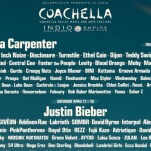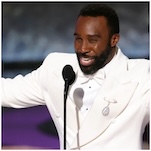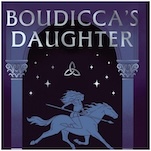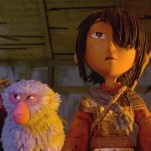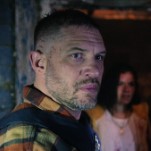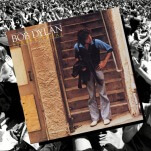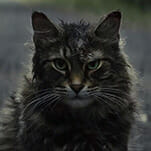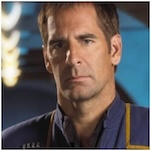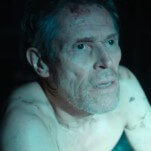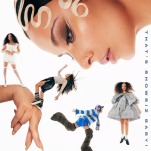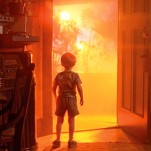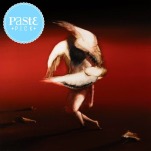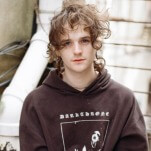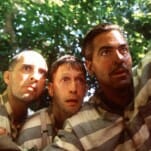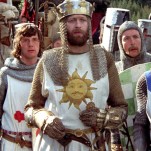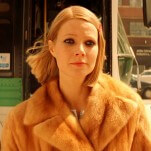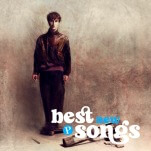Libba Bray Talks the Timely Nature of Under the Same Stars and Becoming Our Own Heroes
Photo: Simon Joseph
Publishing is a notoriously tricky business. From the long lead time prior to a book’s release, the occasional multi-year gaps between titles in popular series, and a release calendar that seems to be constantly shifting, authors have very little control over when their work will see the light of day. And even the most popular writers—those that publishers will bend over backward to ensure that their books get prominent marketing pushes and plum pub dates—can’t control the world a title will arrive in. But sometimes, lightning strikes, and a particular title arrives at a moment that feels positively inspired—as though it was always meant to reach readers’ hands precisely when it was most meant to. Such is the case with Libba Bray’s Under the Same Stars, an exploration of hope, resistance, and resilience spread across three distinct historical moments.
The story ostensibly revolves around three groups of teens—in 1940s Nazi Germany, 1980s West Berlin, and 2020 COVID-lockdown New York—who are all connected by a tree known as the Bridegroom’s Oak. Now a registered national monument in Germany, the tree has a hole high up on its trunk that was once used for posting letters. Though the lives of German teens Hannah and Sophie, American ex-pat Jenny and Berlin native Lena, and Zoom school seniors Miles and Chloe initially seem as though they have little in common, Bray deftly weaves a historical mystery across all three decades whose lessons ring like a bell to our current moment. They say that history doesn’t repeat itself, but it does often rhyme, and Under the Same Stars is, without doubt, precisely the story our current moment requires. One part history lesson, one part call to action, and one part necessary reminder that we hold within ourselves the power to shape the world we want to be part of, it’s a book that’s going to (deservedly) end up on a lot of best-of lists come December.
We got the chance to chat with Libba Bray herself about the surprising (and unfortunate) timeliness of Under the Same Stars, the hope at the heart of its story
![]()
Paste Magazine: First, tell me a little bit about where the inspiration for this book came from. It’s certainly a bit of a swerve from, say, your Gemma Doyle or Diviners series, which I think a lot of our readers will be familiar with.
Libba Bray: It’s definitely my first book that doesn’t involve some aspect of the otherworldly or absurd—and believe me, it was hard for me not to go there! In fact, I had been working on this Princess Bride-meets-Monty Python sort of thing when, in the spring of 2020, Grace Kendall and Elizabeth Lee at FSG sent me an article in The Atlantic about a 500-year-old matchmaking tree in Northern Germany called The Bridegroom’s Oak and asked me if I thought there was a novel in there somewhere.
It’s a deeply romantic, fairy tale-like tree but for some reason, I was stuck on the idea of it as a possible drop site for spies. I wondered, Hey, what if that tree was used by the resistance during World War II? And from that little acorn, to beat the metaphor to death, rose this novel. But I also like to say that the novel does contain magic—the magic of ordinary people showing extraordinary courage.
Paste: Is it weird that this title makes me think of “Somewhere Out There” from An American Tail?
Bray: If you need to let out your inner Ronstadt/Neville, I would never stop you.
Paste: I know you can’t possibly have had any control over the fact that Under the Same Stars is arriving on shelves at this exact moment, but it’s almost uncanny how timely this story is. How do you feel like this book speaks to the moment we’re finding ourselves in?
Bray: I know. It is…eerie. I began writing Under the Same Stars during the first Trump administration. At the time, I was deeply alarmed by the rise in hate crimes and the drift toward far-right ideology and authoritarianism both at home and around the world. When we know history, we recognize the trends and events that are the canary in the coal mine, so to speak. We also had no idea what this pandemic would do to us, how long we’d all be isolated from one another, fearful of one another, which, frankly, added fuel to our current fire. There was a lot going on. And now, here we are. Mark Twain famously said that “history doesn’t repeat but it rhymes” and we are rhyming like hell right now. As part of my research, I listened to William L. Shirer’s Berlin Diary: The Journal of a Foreign Correspondent 1934-1941. It was chilling to see the parallels with our present moment.
-

-

-

-

-

-

-

-

-

-

-

-

-

-

-

-

-

-

-

-

-

-

-

-

-

-

-

-

-

-

-

-

-

-

-

-

-

-

-

-





